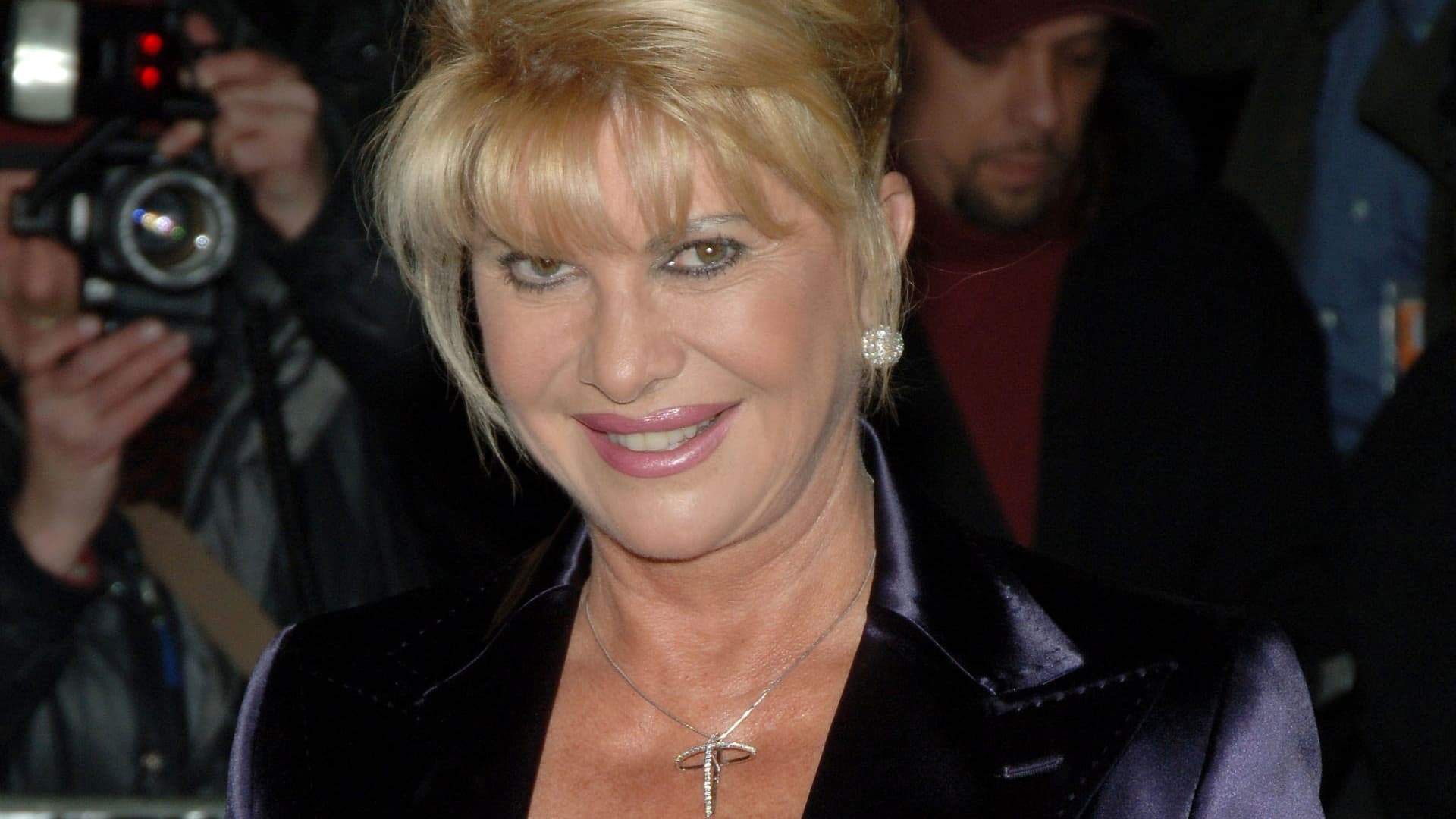How Tim Walz made Minnesota a ‘roadmap’ for progressive economic policy


To understand the economic vision of the Harris-Walz presidential ticket, Minnesotans say just look at the North Star State.
“I’ve heard some of the things that have been talked about on the ticket,” Minnesota AFL-CIO President Bernie Burnham told CNBC in an interview. “They are kind of a reflection of what’s happening here.”
Under its Democratic Gov. Tim Walz, Minnesota has expanded union protections, approved over $1 billion in housing resources, enacted universal paid family and medical leave, funded free school lunches, hiked corporate taxes and more.
Taken together, they make Minnesota a kind of proving ground for progressive policies that have faced opposition at the federal level.
Now, with Walz on the ticket as Vice President Kamala Harris‘ running mate, the Minnesota playbook is drawing national attention.
“It’s a roadmap for sure,” Amy Koch, a Republican strategist who formerly served as a Minnesota state senator, told CNBC.
Already, several of the economic priorities of the Harris campaign mirror policies that were championed by Walz in Minnesota.
The vice president has proposed codifying stronger worker protections, investing to build three million new homes, providing a $25,000 subsidy for all qualifying first-time homebuyers and expanding the Child Tax Credit, the Earned Income Tax Credit and other tax programs. She has also endorsed a corporate tax hike.
But at the same time, Harris has toned down some of the rhetoric about corporate greed and big business monopolies that animate so many of President Joe Biden’s speeches.
This has caused some leaders in corporate America to hold out hope that if she were elected president, Harris might give them a larger seat at the table than her predecessor has.
But if Harris is taking notes from Walz’s approach in Minnesota, that hope might be little more than a pipe dream.
‘Caution to the wind’
Walz’s progressive policy agenda swept through Minnesota’s legislature at lightning speed — the lion’s share was passed within the first months of 2023, when he began his second term.
This was possible due to a rare confluence of factors that favored Democrats.
In November 2022, when Walz was reelected as Minnesota’s governor, the state’s Democratic party, known as the Democratic-Farmer-Labor party, or DFL, won a governing trifecta with razor-thin majorities: a one-seat margin in the Senate and a six-seat margin in the House.
“I’ll be honest with you, it was a bit of a surprise,” said DFL former Minnesota state senator Jeff Hayden. “We all kind of gasped,” he told CNBC.
One month later, the new DFL majority got more good news.
The Minnesota management and budget office reported that the state would enter the 2023 legislative session with a $17.6 billion budget surplus. It was the largest single-year budget surplus in Minnesota history, the product of high tax-collection rates and lower-than-expected spending levels.
Now the DFL had both the voting majorities and the money it needed to pass its agenda.
Minnesota Democrats also understood how fragile their trifecta was.
The Land of 10,000 Lakes is reliably blue in presidential elections. But at the state level, it is far less partisan. The last time Minnesota Democrats won both chambers of the legislature and the governor’s office was in 2012, and they promptly lost that trifecta in the following election cycle.
With that 2014 loss still a vivid memory, Minnesota Democrats knew they might only have a matter of months in which to turn their priorities into law.
“People just kind of threw caution to the wind,” said Hayden.
Over his second term, Walz signed various major bills into law, including a $2.3 billion education budget, along with measures to enshrine abortion access and transgender protections, legalize marijuana, expand housing subsidies and child care tax credits, strengthen worker bargaining protections, pay for free school lunches and ban so-called corporate “junk fees.”
Industry pushback
The political push for Minnesota’s universal paid family and medical leave, which Walz signed into law last year, was driven largely by unions and progressive advocacy groups.
“We had a very substantial seat at the table,” said Elianne Farhat, the executive director of TakeAction Minnesota, a progressive nonprofit. “It was really a good model and way of what we would say is sort of governing together: community and elected officials.”
But Walz had to weigh those interests against pressure from Minnesota’s significant business community, in which the state takes great pride. Over a dozen Fortune 500 companies are headquartered there, including Target, General Mills and UnitedHealth.
Corporate trade groups fought hard to defeat the push for paid leave, which is funded in part by a substantial payroll tax hike.
“It’s not very smart policy making,” said Minnesota Chamber of Commerce President Doug Loon. “What it is is creating a new mandate on business with a new entitlement that’s going to be costly for Minnesota.”
In meetings with Walz and DFL legislators, Loon said his concerns were heard but rarely acted on: “We saw very little final action on the things that we were asking for,” he told CNBC.
Meanwhile, unions had the opposite experience: Burnham, the Minnesota AFL-CIO president, said that when union leaders voiced opposition to a piece of the bill, lawmakers made the change they had requested.
When asked whether the Harris-Walz ticket would replicate some of Minnesota’s approach, the Harris campaign dodged the question. “I don’t think there’s a real need to speculate about what she supports,” campaign spokesman Charles Lutvak told CNBC.
He also pointed to CNBC’s annual ranking of the best U.S. states to do business, in which Minnesota ranks sixth.
A personal approach
A former high school teacher and union member with zero stock holdings, Walz has few obvious financial or career ties to the private sector. He also has a personal interest in peoples’ welfare, which he has shown on the campaign trail, and which is a key piece of his political brand.
When he was first elected governor in 2018, for example, Walz took a five-hour tour of Minnesota’s homeless encampments, where he listened to the concerns of unhoused Minnesotans.
“They spent that evening with no press, getting educated about what some of the challenges are,” Anne Mavity, the executive director of the nonprofit Minnesota Housing Partnership, told CNBC. “It was a different level of care and investment and focus than we had seen in the past.”
Walz has since allocated $1 billion for affordable housing development and millions more to preserve the state’s existing public housing. He also signed a tenants’ rights package that made it more difficult for landlords to evict residents.
This post has been syndicated from a third-party source. View the original article here.




